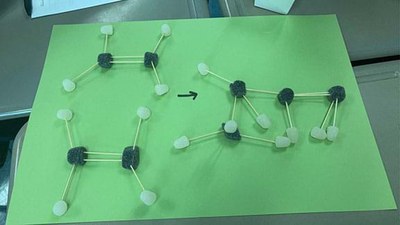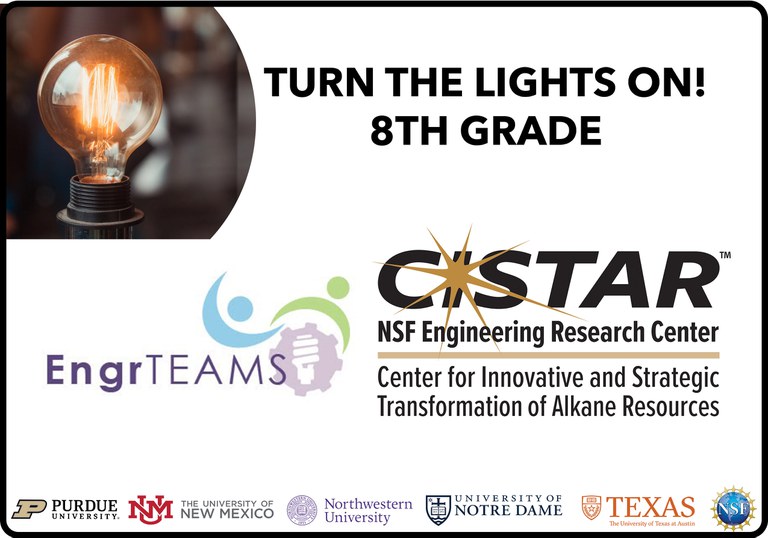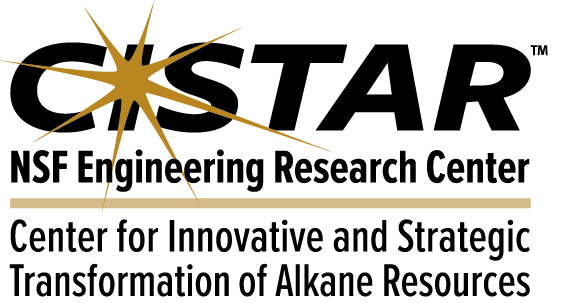K-12 Featured Curriculum

Bridging the Renewable Energy Gap: Alkane Resources
Summary
Students use an online molecule-modeling platform to learn about alkanes. Students then model the reaction of ethylene into butylene through a chemical process called oligomerization, which is one step in the process of converting shale gas ethane into fuel for transportation.This engineering curriculum aligns to Next Generation Science Standards (NGSS).

Turn the Lights On: Providing Energy to New Albany
CISTAR EWD and the INSPIRE Research Institute for Pre-College Engineering co-developed a 9-lesson unit for eighth-grade science curriculum.
In this unit, students are taught the mathematical and scientific concepts related to electrical energy and renewable resources by incorporating an engineering design challenge. Videos explaining the curricula and step-by-step instructions for implementation are available on the nanoHUB website and on Teachers Pay Teachers. Curriculum kits with the required materials for implementing the activities will be available to check out starting in Summer 2022. For more information contact Maeve Drummond Oakes maeve@purdue.edu.
About the Turn the Lights On! Curriculum
In this unit, students are taught the mathematical and scientific concepts related to electrical energy and renewable resources by incorporating an engineering design challenge. At the outset of the unit, students are introduced to power generation and the client, the members of Indiana Office of Energy Development, who need to determine a new power generation system that will effectively reduce contamination of chemical releases in the environment. Students use what they know about electrical energy and renewable resources to develop a strategy to test for electrical power generating systems. Finally, students write a final letter, including their designs and design justifications, to pitch their experimental design to the client.
STEM connections
|
Science Connections |
Technology & Engineering Connections |
Mathematics Connections |
|
Chemical and physical changes Kinetic and potential energy Variance energy Electrical energy Ecosystem and biodiversity Renewable and non-renewable resources |
Complete full engineering design process, including problem scoping (define and learn about the problem), solution generation (plan, try/build, test, decide about a solution), redesign, and communication of final design to client. Use of instruments such as anemometer, thermometer etc.
|
Proportional reasoning Representing graphics and analyzing diagrams Collecting and representing data
|
OVERARCHING SKILLS THAT STUDENTS WILL LEARN:
- Maintaining an engineering design notebook
- Teamwork
- Communication
- Data analysis
- Iteration






